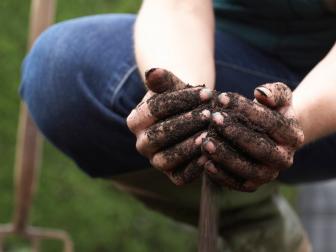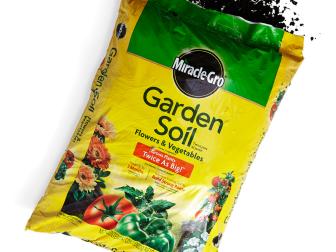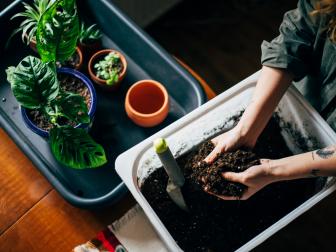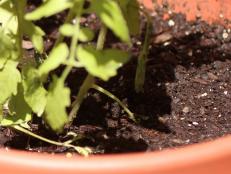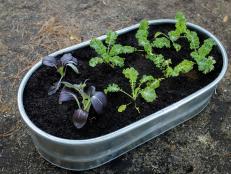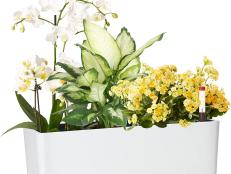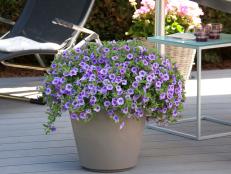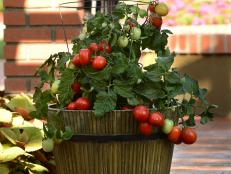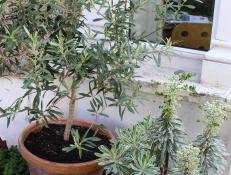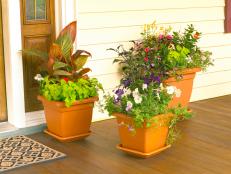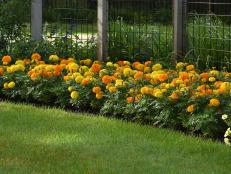What Is the Difference Between Potting Soil, Garden Soil and Top Soil?
Potting soil won’t work in your garden, and garden soil won’t work in your pots. Here’s why.

All soil is not created equal. The soil your tomatoes love will suffocate your succulents, and the soil that keeps your cactus in peak form will frazzle your ferns. Matching the right soil to the right plant and purpose is part of the secret sauce to keeping your plants gorgeous. So as you stand there in the garden center on Saturday morning looking at the bags of soil and wondering which kind to buy, know this: Garden soil won’t work in your pots, and potting soil won’t work in your garden. Here’s what you need to know about each.
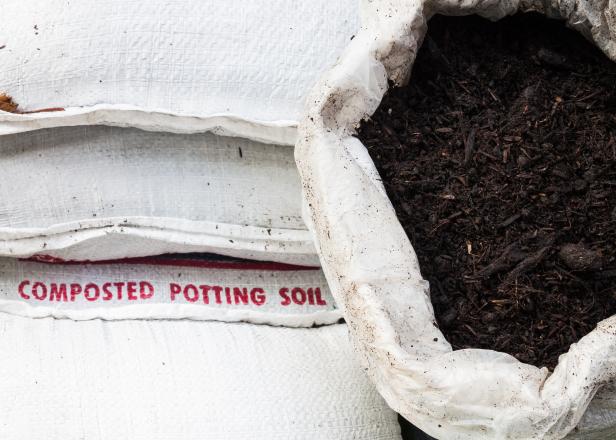
Shutterstock/photosthai
Potting Soil
Potting soil, also called potting mix, is a blend of materials like sphagnum moss, bark, perlite, vermiculite, compost or coir that’s intended for growing plants in containers. Guess what it doesn’t have? Soil. That’s because soil can carry fungus and other plant pathogens that can infect your plants. Potting mix is sterile, so it’s fungus-free and safer for potted plants. The organic material (compost or moss) feeds the plants, and the vermiculite or perlite keeps the mix loose and well-draining so it doesn’t compact around plant roots or hold too much water — both of which keep roots from breathing and kill plants. Some potting mixes contain added chemical fertilizers or water-retaining crystals. And you can get specific blends of potting mixes for succulents, orchids, roses, cacti or seed-starting.
Use it when you are growing plants in a container or starting seeds.
Don’t use it for flower beds or raised beds. It’s too expensive to dump by the pound into your yard and beds, and it doesn’t have enough nutrients to feed plants season after season.
Garden Soil
This is topsoil, enriched with compost and other organic matter so it’s nutritious for plants. It has a heavier texture and holds water longer than potting mixes. It’s more affordable than potting soil because it doesn’t have pricier ingredients like perlite, vermiculite or moss. It’s mostly soil, and soil is dirt cheap.
Use it when you’re planting or maintaining flower beds. Garden soil is the cheapest way to enrich the soil in gardens and flower beds. You can also use garden soil as an ingredient in homemade potting soil. Yes, some people want soil in their potting soil. Just be sure to add nutrients and amendments to make the mix light and loose.
Don’t use it in containers. Since it doesn’t have vermiculite, perlite or pumice, it lacks the drainage required for containers. Garden soil won't let plant roots breathe.
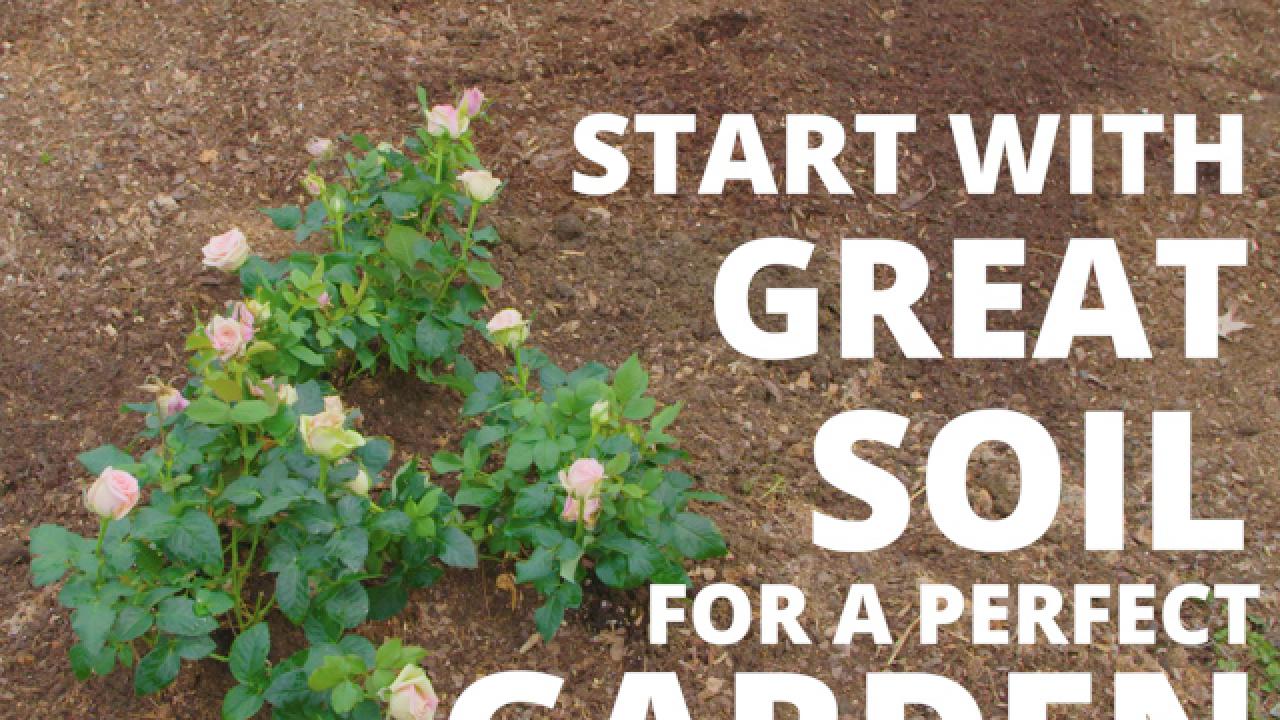
Is Top Soil Good for Gardening?
There’s a third variety of bagged soil out there: topsoil. It’s exactly as billed: soil taken from the top layer of the earth. It’s the most affordable bagged soil because it doesn’t have added ingredients like compost, peat moss or perlite to enhance its nutritive value to plants' texture. Topsoil is dug from the ground and put in a bag. No bells, no whistles, no compost added. You get what you pay for with this stuff.
Use it when you need to fill a hole, or as a base to mix up homemade garden soil by adding ingredients to make it rich and well-drained enough to be a good home for plants.
Don’t use it if you want to grow plants.
Get the Most Out of Your Soil
How to Feed Your Soil
Just like plants, your soil needs special care and attention to thrive. These tips can help you get the most out of your dirt.
When Soil Comes in Bags
How can you tell if bagged soil is any good – before you take it home? Read on.
How to Make Your Own Potting Soil
Homemade potting soil is easy to make and better than the bagged stuff.






